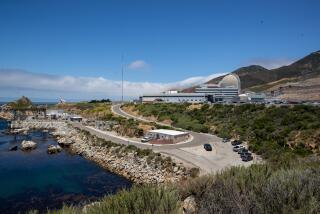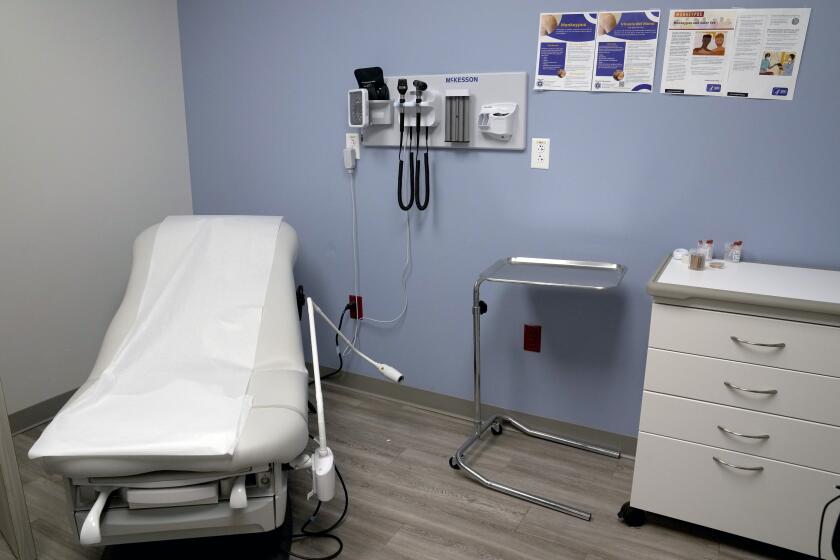The Nuclear Option Revisited
Buoyed by a supportive White House, growing climate concerns, temporarily high gas prices, and California’s electricity mess, the nuclear industry is running an all-out public-relations campaign to resuscitate its product. This attempt ignores one crucial fact: Nuclear power already died of an incurable attack of market forces. Once touted as “too cheap to meter,” nuclear power, as The Economist recently concluded, now looks “too costly to matter.”
Overwhelmed by huge construction and repair costs around the world, nuclear plants ended up achieving less than 10% of the capacity and 1% of the new orders (all from countries with centrally planned energy systems) forecast a quarter-century ago. The industry has suffered the greatest collapse of any enterprise in industrial history.
Beyond the hard economic facts, about which more later, the nuclear industry is dismissing legitimate public concerns about the risks of a technology so unforgiving that, as Nobel physicist Hannes Alfven wrote, “No acts of God can be permitted.” Each nuclear plant, through accident or malice, could release enough radioactivity to hazard a continent. This is presented by the industry as extremely unlikely, but many citizens aren’t reassured. They have seen too many highly improbable events, including terrorism. And if nuclear power plants are so safe, why would the industry build and run them only if the federal government passed a law limiting operators’ liability in major accidents? Why should the nuclear industry enjoy a liability cap that reduces its incentive for safety, distorts choices with a vast subsidy and is unavailable to any other industry? Why can’t nuclear operators self-insure and put their money where their mouths are, or buy insurance at market prices like everyone else? The liability law’s expiration in 2002 presents an awkward dilemma for advocates of both nuclear power and free markets.
Scientists still haven’t developed reliable ways to handle nuclear wastes and decommissioned plants, which remain dangerously radioactive for far longer than societies last or geological foresight extends. And experts feel nuclear power’s gravest risk is that power plants can provide ingredients and innocent-seeming civilian cover for the development of nuclear bombs, as was the case in India and elsewhere. Now the White House proposes to revive nuclear-fuel reprocessing after decades of proof that it’s unprofitable, unnecessary, a complication to nuclear waste management and a source of vast amounts of bomb material.
Market economics provides an even more basic argument: “If a thing is not worth doing,” said economist John Maynard Keynes, “it is not worth doing well.” Leaving aside bomb-proliferation, waste, sabotage and uninsurable accidents, nuclear power is simply uncompetitive and unnecessary. After a trillion-dollar taxpayer investment, it delivers little more energy in the U.S. than wood. Globally, it produces severalfold less energy than renewable sources. The market prefers other options. In the 1990s, global nuclear capacity rose by 1% a year, compared with 17% for solar cells (24% last year) and 24% for wind power--which has lately added about 5,000 megawatts a year worldwide, as compared with the 3,100 new megawatts nuclear power averaged annually in the 1990s. The decentralized generators California added in the 1990s have more capacity than its two giant nuclear plants--whose debts triggered the restructuring that created the state’s current utility mess.
Enthusiasts claim new-style reactors might deliver a kilowatt-hour to your meter for 5 cents, compared with 10 to 15 cents for post-1980 nuclear plants worldwide. (Of that, 10 to 15 cents, nearly 3 cents pays for delivery, about 2 cents for running the plant, and the rest for its construction and for occasional major repairs.) But on the same accounting basis, superefficient gas plants or wind farms cost only 5 to 6 cents per kilowatt-hour, cogeneration of heat and power often 1 to 5 cents, and efficient lights, motors and other electricity-saving devices under 2 cents, often under 1 cent. Cogeneration and efficiency are especially cheap because they occur at the site where the energy is consumed and thus require no delivery.
All these non-nuclear options continue to get cheaper, as do fuel cells and solar cells. Today, a pound of silicon can produce more electricity than a pound of nuclear fuel. Already, Sacramento’s municipal utility, which has successfully replaced power from its ailing nuclear plant (shut down by voters) with a portfolio emphasizing efficiency and renewables, has brought the heretofore costliest option, solar cells, down to costs competitive with a new nuclear plant.
The PR spinners trumpet that nuclear power costs less than power from gas plants. This is true if you are looking only at the running cost of an average existing nuclear plant , compared with the running costs of an old, inefficient gas-fired plant. It does not include delivery to customers, nor the prohibitive construction costs of a new nuclear plant. Notice, too, the ads don’t compare the costs of a new nuclear plant with the new, doubled-efficiency gas plants that are beating the pants off nuclear and coal worldwide. Under such realistic cost comparisons, nuclear power plummets to its actual status as the worst buy available. You didn’t understand that from those slick ads? You weren’t supposed to. The nuclear industry has a well-earned reputation for breezy mendacity.
Lost in the debate over what kind of new plant to build is the best option of all: more efficient use of the electricity we already have. We’ve been reducing electricity use per dollar of gross domestic product by 1.6% a year nationwide, and in California between 1997 and 2000, by 4.4% a year. California has held its per-capita electricity use essentially flat since the mid-1970s, yet far more savings remain untapped--enough nationally to save four times nuclear power’s output, at one-sixth its operating cost. Our personal household electric bill, for example, is $5 a month for a 4,000-square-foot house in the Rocky Mountains. Passive solar design and super-efficient appliances and lighting yielded a 90% savings on electricity and 99% on fuel. The improvements, made in 1983, paid for themselves in 10 months. Today’s technologies are far better. An estimated three-fourths of U.S. electricity could now be saved through efficiency techniques that cost less than generating that power, even in existing plants.
Nor, finally, do shortages of electricity in California justify more nuclear plants anywhere. California did not have soaring electricity demand during the 1990s, did not stop building power plants and is probably not even short of generating capacity. The system that had rolling blackouts at a 28-gigawatt load last winter is the same one that comfortably delivered 53 gigawatts two summers ago. Half its power plants didn’t suddenly evaporate. Rather, there’s apparently been adequate generating capacity--if power plants ran as reliably as they did before utilities sold them. But in fact, since utility maintenance contracts expired last fall, many of the sold plants have been calling in sick--often, some evidence suggests, because their new owners earn far more profit by selling less electricity at a higher price rather than more at a lower price.
If California does have a serious supply-demand imbalance, it should be resolved in the cheapest, fastest, surest and safest ways. Buying more nuclear plants violates all these criteria. It would buy less solution per dollar, making the problem worse. That’s also true of nuclear solutions to climate change.
Anyone who doubts the effectiveness of demand-side solutions need only to look to California, where in the first half of this year, with limited formal programs, Californians have decreased their peak demand for electricity by more than 12%, reversing the past 5 to 10 years’ growth in demand.
After a half-century of nuclear power, the verdict of the marketplace is in. Nuclear power has flunked the market test. Nuclear salesmen scour the world for a single order, while makers of alternatives enjoy brisk business. Let’s profit from their experience. Taking markets seriously, not propping up failed technologies at public expense, offers a stable climate, a prosperous economy, and a cleaner and more peaceful world.
More to Read
Start your day right
Sign up for Essential California for news, features and recommendations from the L.A. Times and beyond in your inbox six days a week.
You may occasionally receive promotional content from the Los Angeles Times.





